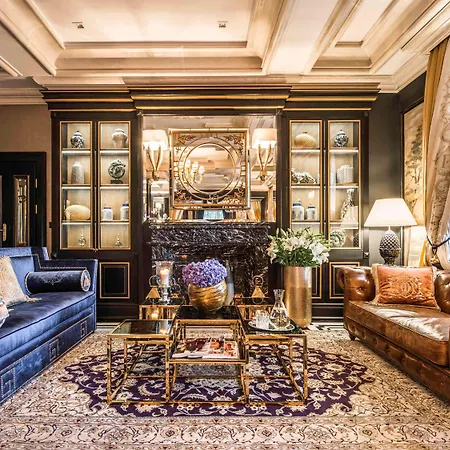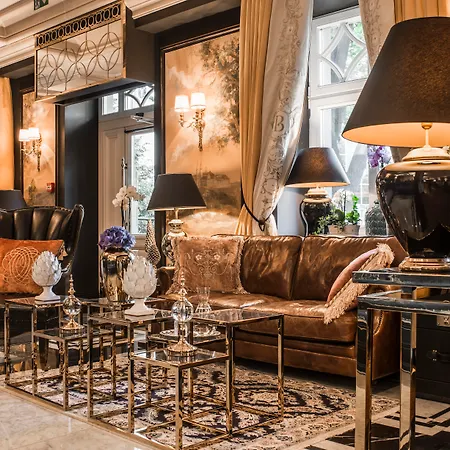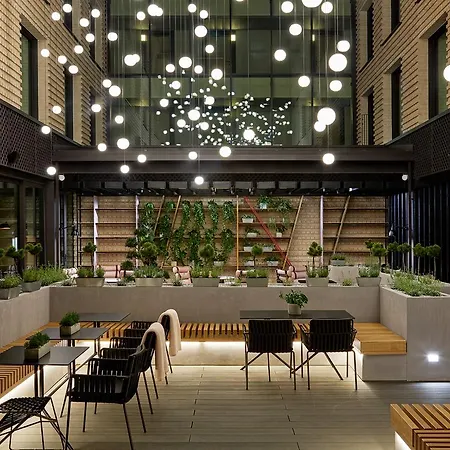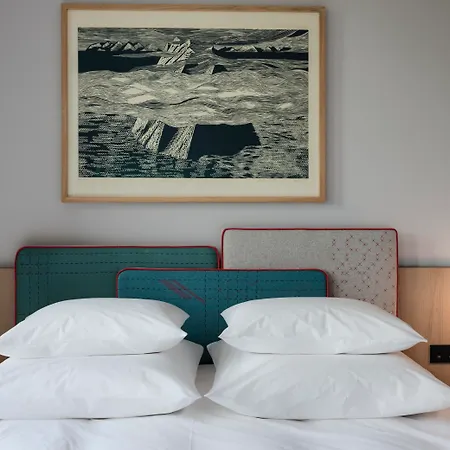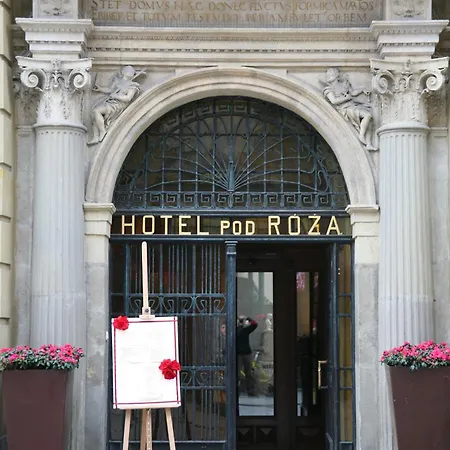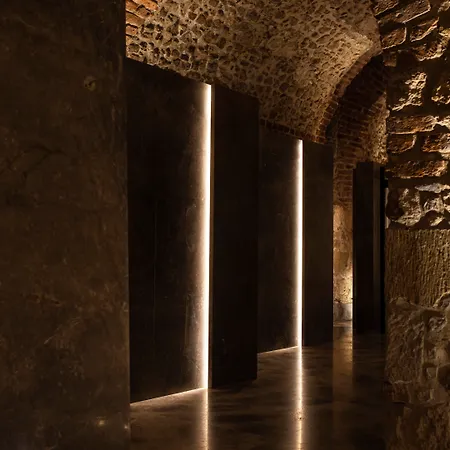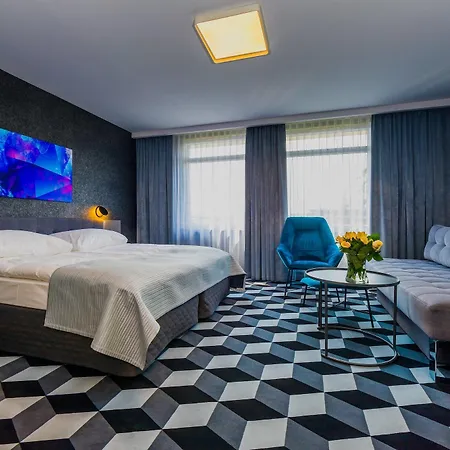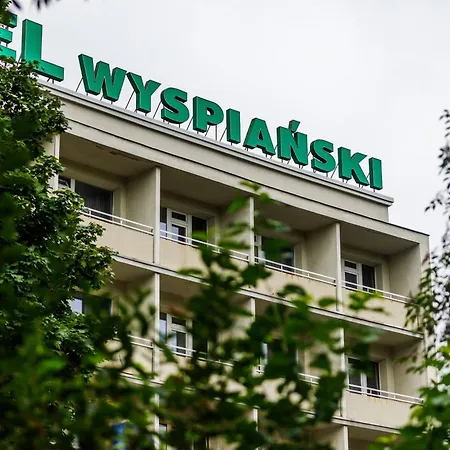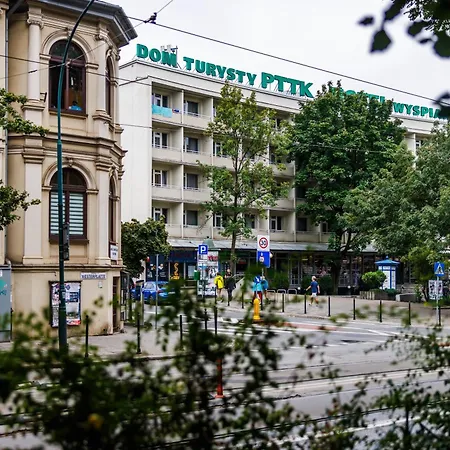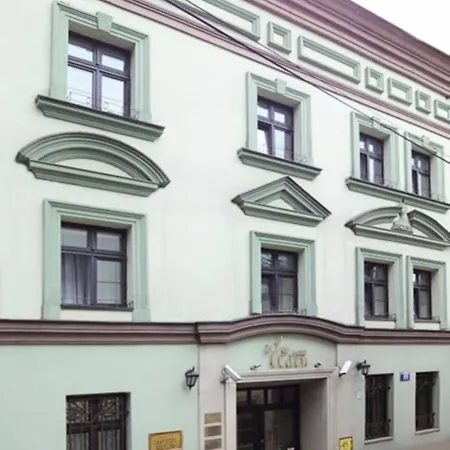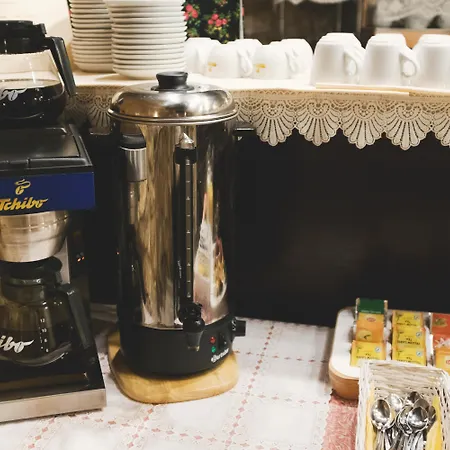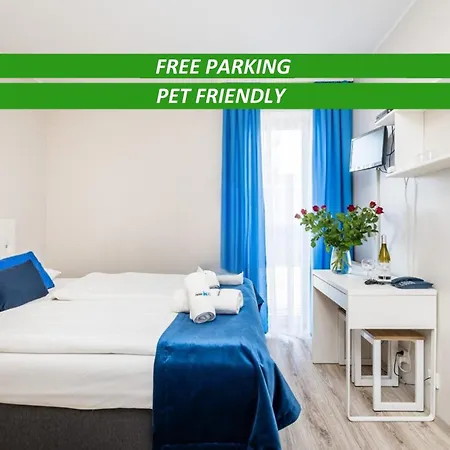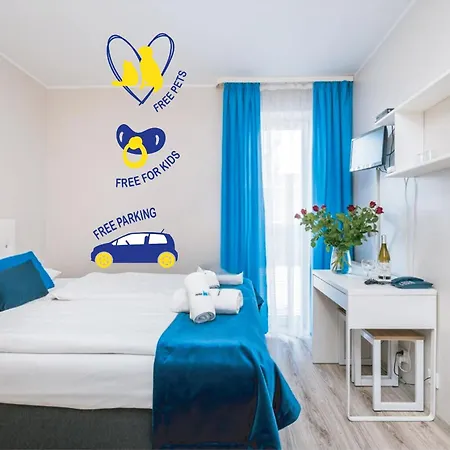National Museum in Krakow
Check Availability
National Museum of Cracow: A Testament to Polish Heritage
Poland's National Museum in Krakow, founded in 1879, serves as a cultural cornerstone showcasing the nation's rich artistic legacy. The museum was established by Hugon Kołłątaj and has been pivotal in preserving Polish history and art.
This museum features three permanent galleries: the Gallery of 20th-Century Polish Painting, the Gallery of Decorative Art, and Polish Arms and National Colours. Architectural highlights include a modernist design that contrasts with Krakow's historical aesthetics. Notable artworks include pieces by Stanisław Wyspiański, Witkacy, and Tadeusz Kantor.
Must-See Highlights
🎨 Key highlight #1: Extensive collection of 20th-century Polish paintings includes works by renowned artists like Jacek Malczewski.
🔔 Key highlight #2: Gallery of Decorative Art showcases unique Polish design and craftsmanship.
⚔️ Key highlight #3: Artifacts from Polish military history displayed in the Polish Arms gallery.
The museum charges a nominal entry fee, making it accessible to tourists, families, and history enthusiasts alike.
Interesting Facts about Natural History Museum National Museum in Krakow
Historical Foundation
Founded in 1879, it is one of Poland's oldest museums, established by Hugon Kołłątaj.
Leonardo's Visit
Hosted Leonardo Da Vinci's 'Woman with an Ermine' until 2019, a significant cultural event.
Rich Collections
Features over 20,000 works of art spanning various periods and styles, including the Young Poland movement.
Location
Stay Near National Museum in Krakow Best Hotels
Address
View mapAl. 3 Maja 1 (Al. Mickiewicza)
Opening Hours
Friday:
10:00 AM–7:00 PM
Monday:
Closed
Saturday:
10:00 AM–7:00 PM
Sunday:
10:00 AM–5:00 PM
Thursday:
10:00 AM–5:00 PM
Tuesday:
10:00 AM–5:00 PM
Wednesday:
10:00 AM–5:00 PM
Contact Information
Price
Paid. Adults: 30 PLN, Students: 15 PLN, Children under 7: Free.
Average Visit Duration
Duration: 2-3 hours.
Best Time to Visit
Weekday mornings (10:00 AM–12:00 PM) are optimal for reduced crowds.
